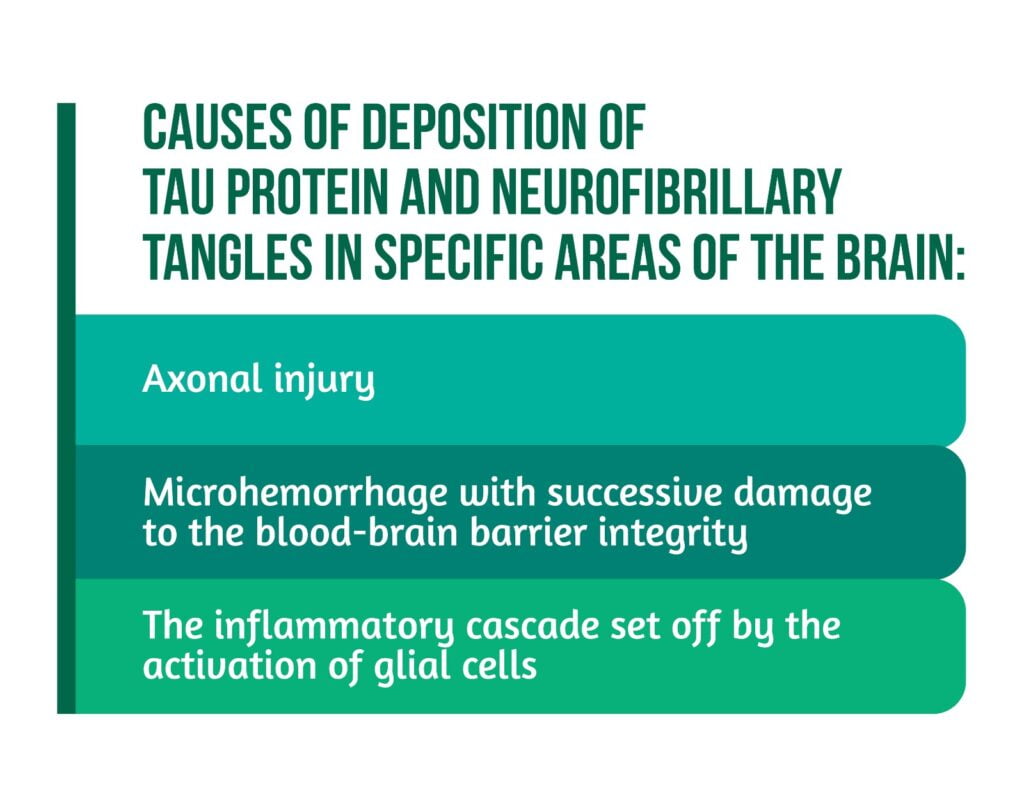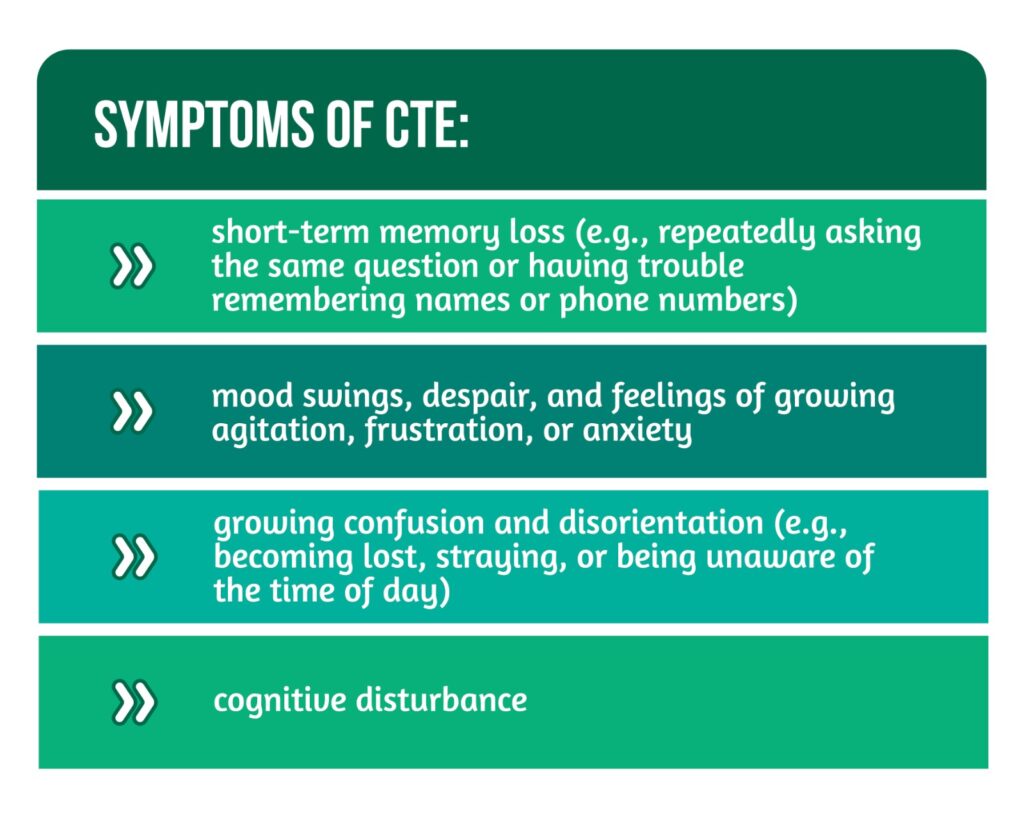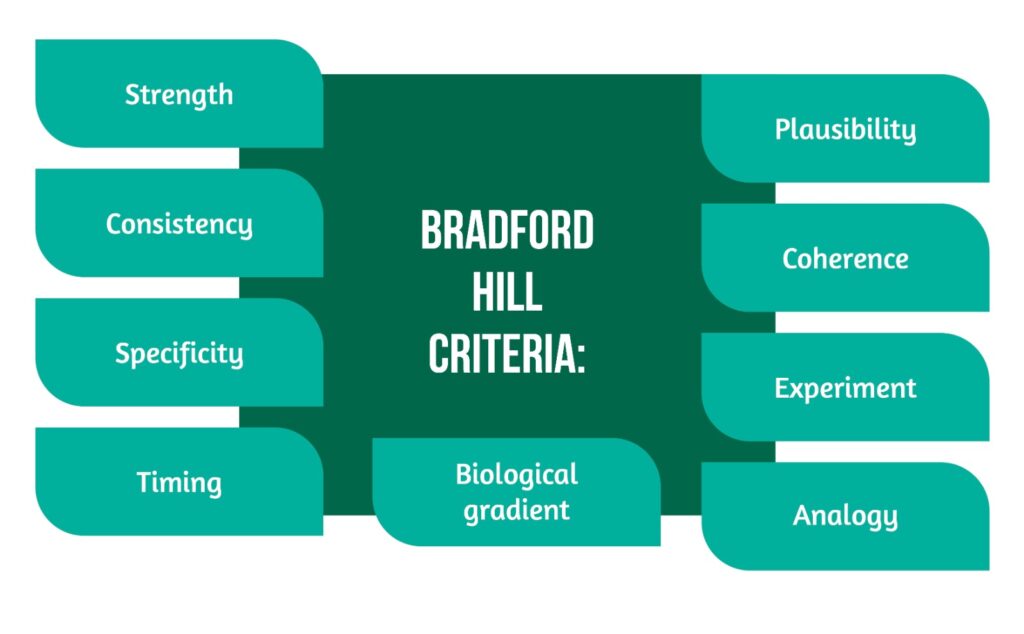Authors: Lavinia Filip, Silvina Ilut
Keywords: repetitive head impacts, chronic traumatic encephalopathy, the Bradford Hill criteria
Introduction | Chronic traumatic encephalopathy and repetitive head impacts
Over the past few decades, traumatic brain injury (TBI) associated with sports has gained popularity in the scientific literature. However, the first time this topic was brought up in writing was in the 1920s when boxers’ “punch drunk” sickness was discussed.
Dementia pugilistica, which translates to “boxer’s dementia,” was coined about ten years later. Later in the 1940s, the term chronic traumatic encephalopathy (CTE), which is currently more widely used, was developed. Because it is now known that exposure to TBI from any sport or source raises the risk for a neurodegenerative disease that was first diagnosed in boxers, this phrase has gained use in contemporary literature. Although there have been attempts to differentiate between dementia pugilistica and CTE or to categorize dementia pugilistica as a subset of CTE, the two are now generally accepted to be interchangeable [1].
Etiology and symptoms of CTE
The repeated closed-head injury brought on by years of participation in a range of contact sports, such as boxing, rugby, football, lacrosse, or hockey, has a clear environmental etiology. In the US, where more than two-thirds of the population participates in some organized activity, sports generate one and a half to four million accidents per year. According to estimates, 17% of those who experience repeated concussions or moderate TBI acquire CTE [1].
Axonal injury, microhemorrhage with successive damage to the blood-brain barrier integrity, and the inflammatory cascade set off by activation of glial cells are the causes of the deposition of tau protein and neurofibrillary tangles in specific areas of the brain that are indicative of CTE (Figure 1). CTE is a tauopathy, which includes Alzheimer’s disease and other neurodegenerative disorders [1].

Although the signs of CTE might differ from person to person, they frequently resemble those of other degenerative brain diseases, including Alzheimer’s disease. After repeatedly being hit in the head or suffering repeated concussions, CTE typically develops gradually over several years. Dementia develops over time as a result of the symptoms, which interfere with brain function. Typical symptoms of CTE are presented in Figure 2.

As the condition progresses, further symptoms may include:
- significant memory problems
- parkinsonism – the typical symptoms of Parkinson’s disease, including tremors, slow movement, and muscle stiffness
- slurred speech (dysarthria)
- difficulty eating or swallowing (dysphagia) – although this is rare [2].
According to specialists, CTE symptoms do not appear immediately after a head injury but may appear years or even decades after recurrent head trauma. Currently, experts think there are two ways that CTE symptoms can manifest. The first kind of CTE may result in mental health and behavioral problems in early childhood, such as depression, anxiety, impulsivity, and violence. It is believed that signs of the second type of CTE appear later in life, around age 60. These warning signs and symptoms include memory and cognitive issues that could lead to dementia. However, it is still uncertain what symptoms to look for in CTE patients when autopsied. What symptoms, if any, CTE might produce throughout life is unknown [3].
The Bradford Hill Criteria
Causal analysis is essential to epidemiology as it can guide practice and policy to enhance population health. Research or a body of evidence can be subjected to causal analysis to examine the “set of facts” that underlie a relationship. Sir Austin Bradford Hill outlined several facts, usually referred to as the Bradford Hill criteria; they are also referred to as “viewpoints” and should not be used as a list but as considerations to make when assessing causation [4].
The nine Bradford Hill criteria are strength, consistency, specificity, timing, biological gradient, plausibility, coherence, experiment, and analogy (Figure 3). They are used to assess human epidemiologic evidence and decide whether causation can be inferred. By analyzing data on CTE concerning RHI exposure, Nowinski, reviews from July 2022 examined the issue of causation [5].

Strength of Association
Hill placed the strength of association (SOA) at the top of his list of nine criteria, as this criterion can allay many other concerns about a disease’s supposed link to exposure if there is a strong association backed by human epidemiologic evidence. Six carefully executed case-control studies, each with more than 50 participants, were done, with a reasonable effort to establish the RHI history for each case. These investigations have repeatedly and categorically shown that there is a strong link between RHI and CTE cases [5].
Consistency
The relationship between RHI and CTE disease must be proven throughout numerous studies performed by independent groups investigating various patient populations using different methods, according to Hill’s consistency criterion. In post-mortem examinations of people who had been exposed to RHI, independent researchers worldwide with a variety of selection criteria have shown CTE pathology. The continuous prospective or retrospective profiling of general brain bank cohorts offers some of the strongest evidence for the consistency of the association.
Together, these brain bank studies show that independent of the presence of other concomitant diseases, exposure to RHI from a variety of sources is a consistent factor among those with CTE pathology. Hill’s consistency criterion is generally strongly supported by the most recent literature from independent researchers and brain banks around the world [5].
Specificity
According to Hill, a variable is likely to be the cause of a disease if it affects a particular population or occurs at a certain anatomical place, and there is no other plausible explanation. The main known common factor among all CTE cases documented in the literature so far is prior exposure to RHI, which is likely the most significant approach to observing specificity. Since RHI is the single factor that connects all recorded cases of CTE to date, there is a connection between the two. Although a history of RHI and CTE are closely related, this link does not suggest the opposite.
Considering all of the information, we can say that specificity is present. The single factor that connects known CTE patients is RHI, and those who have not experienced RHI show essentially no signs of CTE. Hill claims that this should prompt us to believe that there is a causal connection between RHI and CTE [5].
Temporality
Establishing a causal association requires a time relationship; specifically, an exposure must logically happen before the stated effect. RHI exposure occurs before CTE development, satisfying this requirement. Only after death can the pathology of CTE be recognized, and it is unclear exactly when this pathologic process becomes obvious. The clinical manifestation of CTE is known as traumatic encephalopathy syndrome (TES). TES requires a history of exposure to head injuries classified as RHI, TBI, concussions, or concussion injuries, and provides evidence for the temporal link between RHI exposure and CTE. The temporal link between RHI and CTE is supported by these results [5].
Biological Gradient
A dose-response link is one of Hill’s key requirements. The authors of the study by Bieniek discovered a dose-response association between exposure and the pathogenesis of CTE in football players. CTE pathology was discovered in a variety of athletic activities. Another study by Mez examined the risk of CTE in American football players and discovered a significant dose-response connection between CTE neuropathology and the number of years of American football experience. The results of the study by Abdolmohammadi showed a dose-response link between the period of ice hockey play and the risk and severity of CTE.
Similar results were found when controlling for hockey as the main sport of exposure, suggesting that longer periods of ice hockey activity may raise the risk for CTE like that previously documented in American football. One of Hill’s most important requirements, that CTE has a strong biological gradient, has been confirmed in boxing, American football, and ice hockey [5].
Plausibility
According to Hill’s plausibility criterion, the relationship between RHI and CTE pathology must be able to be explained in the context of current biological or social theories. If the relationship aligns with what is now understood about the pathology and etiology of the disease (RHI and CTE), the criterion is satisfied. The biological plausibility of RHI-producing CTE is supported by existing literature, despite a limited understanding of CTE [5].
Coherence
Data interpretation must not significantly disagree with what is previously known about the disease or exposure to meet the seventh criterion, coherence. The authors have demonstrated several pieces of evidence in favor of the coherence of this association, such as the location of the pathognomonic lesion and the absence of CTE cases among people who have never been exposed to RHI or who have only experienced a single TBI.
Another form of coherence may be seen in the significant contrast in the number of confirmed CTE cases among male and female patients and the greater number of male athletes who have been exposed to RHI for longer periods. Several genes may influence how severe the disease is, according to a recent analysis of the genetics of CTE, but none have been connected to an elevated chance of developing CTE [5].
Experiment
The authors of the Nowinski study emphasized the possibility that sports could serve as a testing ground for CTE prevention strategies if RHI is the cause of CTE. The timing makes establishing any conclusions impossible because CTE can only be detected post-mortem. The results of pre-clinical RHI research that replicated aspects of reported human pathophysiology, imaging, and epidemiological studies establish a causal link using Hill’s criterion of experiment [5].
Analogy
The correlation between RHI and CTE and the data supporting TBI as a significant risk factor for dementia is similar. The finding of the connection between smoking and lung cancer brought on by the environment is comparable to the increasing body of data connecting RHI to CTE. Both connections were disputed, especially given the delay between exposure and symptom onset. Hill’s work establishing a link between smoking and lung cancer served as a foundation for the Bradford Hill criterion [5].
An examination of the literature from each of Hill’s nine points of view indicates a very strong probability of a causal association on the central topic of the connection between RHI and CTE. The total lack of supporting data for suitable solution theories supports that conclusion. Other than RHI, there does not seem to be another common factor or plausible mechanism that would account for why so many contact sports players across a variety of disciplines and in numerous nations are receiving CTE diagnoses while those who have not been exposed to RHI are not [5].
Evaluation and diagnosis of CTE
Since there are presently no biomarkers for CTE diagnosis, the only basis for a conclusive diagnosis is post-mortem neuropathological analysis. Despite that after TBI large drops in CSF fluid ApoE and amyloid beta have been discovered, there have been no investigations to determine whether the same is true for CTE. Consequently, fluid biomarkers could one day be used to diagnose CTE. There is also optimism that fluid biomarkers can be used with neuroimaging techniques such as functional magnetic resonance imaging, volumetric MRI, diffusion tensor imaging, and positron emission tomography to improve the diagnosis of CTE [1].
Conclusion
The authors of the Nowinski study emphasize the imperfect relationship between RHI and CTE. More research could help those hundreds of millions of individuals worldwide who already have RHI and are at risk of developing CTE through the provision of education about available preventative and therapeutic options. However, the power of the available data forces a scientific debate that only focuses on completing evidence gaps to concentrate on adopting effective CTE mitigation strategies right away, especially for kids [5].
For more information about the impact of TBI visit:
- Boston University Center for the Study of Traumatic Encephalopathy contribution to understanding this disease
- How does TBI affect the functions of patients?
- Advances in TBI care and therapies
We kindly invite you to browse our Interview category https://brain-amn.org/category/interviews/. You will surely find a cluster of informative discussions with different specialists in the field of neurotrauma.
References
- Inserra CJ, De Vrieze BW. Chronic Traumatic Encephalopathy. In: StatPearls.Treasure Island (FL): StatPearls Publishing; 2022-. Available from: https://www.ncbi.nlm.nih.gov/books/NBK470535/
- National Health Service; United Kingdom; Chronic traumatic encephalopathy; 2019; Available from: https://www.nhs.uk/conditions/chronic-traumatic-encephalopathy/
- The Mayo Clinic; Minnesota; Chronic traumatic encephalopathy, 2021; Available from: https://www.mayoclinic.org/diseases-conditions/chronic-traumatic-encephalopathy/symptoms-causes/syc-20370921
- Shimonovich M, Pearce A, Thomson H. Assessing causality in epidemiology: revisiting Bradford Hill to incorporate developments in causal thinking. Eur J Epidemiol 2021. 36, 873–887 https://doi.org/10.1007/s10654-020-00703-7
- Nowinski CJ, Bureau SC, Buckland ME, Curtis MA, et al. Applying the Bradford Hill Criteria for Causation to Repetitive Head Impacts and Chronic Traumatic Encephalopathy. Front. Neurol. 2022; 13:938163. doi:10.3389/fneur.2022.938163




